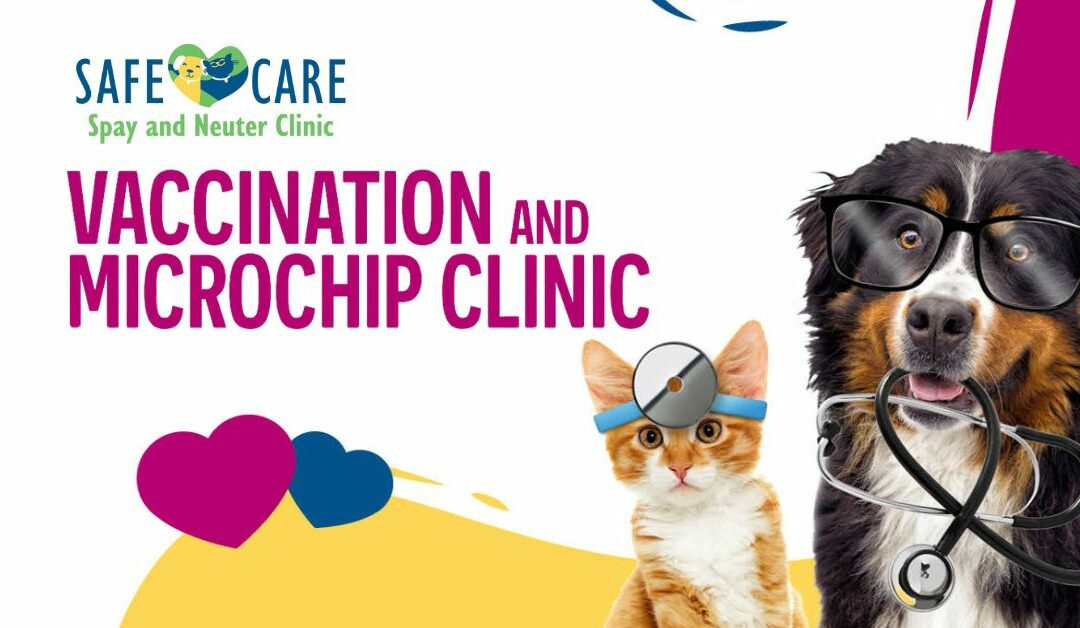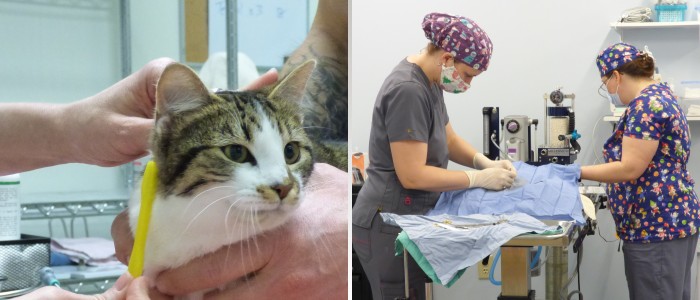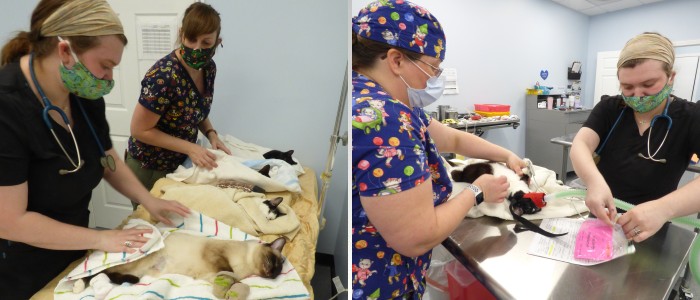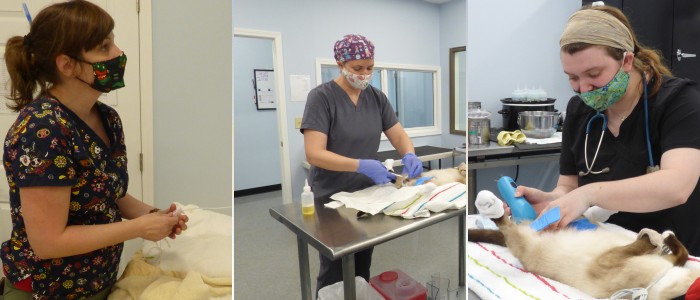FAQs
Microchipping Your PetFAQs
MicrochippingIf Sassy had a microchip, Homeward Bound would be much shorter.
Wouldn’t it be great if there was a way to link you to your pet forever? Well, now there is—the simple act of microchipping.
What is Microchipping?
Microchips are an advanced pet identification and retrieval system. A microchip with a unique identification code is implanted between the shoulder blades of the pet. The pet is enrolled in the Found Animals Microchip Registry, which maintains a national database and is available 24 hours a day, 365 days a year.
When a lost pet is found, it can be scanned at an animal shelter or the clinic of a participating veterinarian. The vet will then call the registry and get the owner’s information.
These statistics show the importance of the microchip service:
- Thirty to 60 percent of lost pets in traditional shelters are euthanized because they cannot be properly identified and returned to their owner.
- Only about four percent of cats who end up in traditional shelters are returned to their rightful owners.
- About two million pets reported missing each year may be the victims of theft.
- Collars and tags are a great way to identify lost pets and reunite them with their owners, but they can easily come off or be removed.
- Microchipping is permanent, completely unalterable and does not change or harm the appearance of the cat in any way. It is about the size of a grain of rice. You cannot see the microchip after it is implanted in the cat.
Sources: American Pet Products Manufacturers Association (APPMA); 2001–2002 National Pet Owners Survey.
All cats adopted from SAFE Haven are already microchipped.
Microchips can be purchased and implanted at our spay/neuter clinic at the time of surgery for only $15. This includes lifetime registration.
Latest News

Vax & Chip on June 28!
When pets are like family, we do everything to keep them healthy and safe. Come get your cat or dog vaccinated and microchipped at our...










